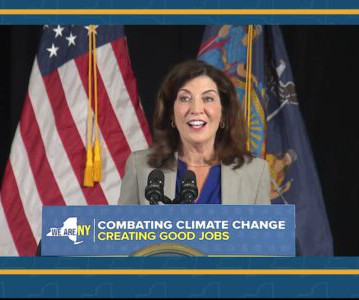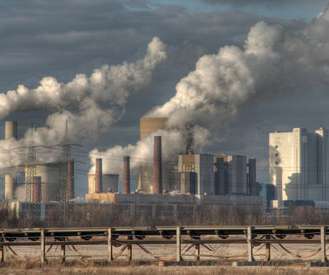ESA Decries the Supreme Court’s West Virginia v EPA Decision
ESA
JULY 1, 2022
At stake was the ability to reduce carbon emissions as written in the ‘Clean Power Plan’ regulation under the auspices of the Clean Air Act that gives the Environmental Protection Agency (EPA) power to regulate “the best system of reducing emissions.”






















Let's personalize your content